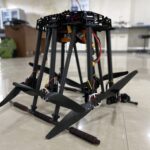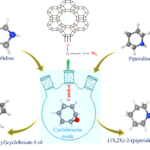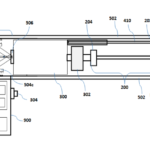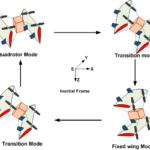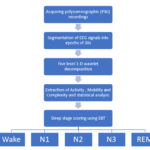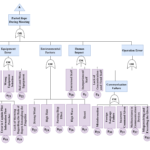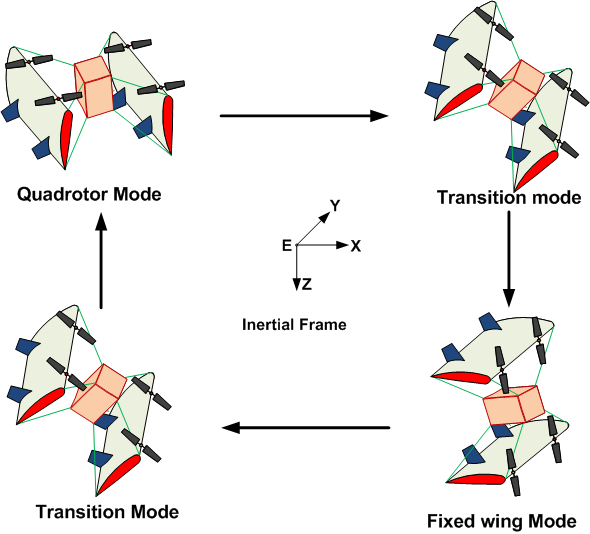The work is carried out by Bharath Kumar Swargam, Dr. Ram Narayan Yadav, Dr. Manish Chaturvedi.
Locating a user or device inside an indoor environment is called Indoor Localization. It has a variety of applications in vital location-based services such as indoor navigation and tracking of goods/objects in warehouses or persons in an indoor disastrous situation. Wi-Fi fingerprinting is a method in indoor localization where Wi-Fi signal strengths are used to determine a device’s location. This is achieved by collecting of Wi-Fi signal’s strengths at known locations and stored in a database offline. Then, trained machine learning algorithms using the stored database predict the location of a device based on its current Wi-Fi signal strengths. To improve both the accuracy and the response time. The localization phase has two steps: (i) floor prediction, and (ii) reference point prediction on the predicted floor. For floor prediction, we use K-Nearest Neighbors (KNN) classification algorithm. Then we use various ML models such as Random Forest, Decision Tree, and Support Vector Machine. We use a dataset having two files with different floor numbers. Experiment results showed that random forest gives the best accuracy among other ML models. So two-level localization method is more suitable than single-level localization in terms of localization accuracy and speed and thus can be utilized in many applications.


